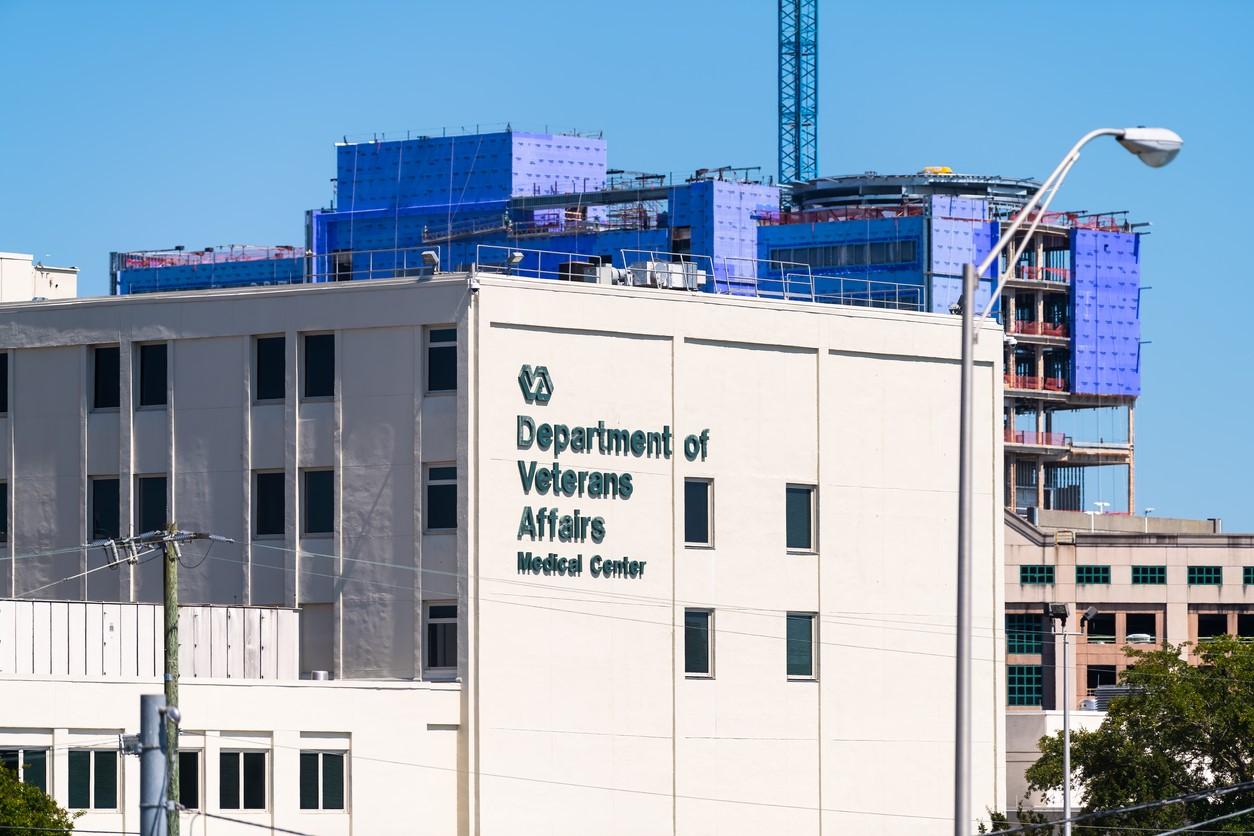
New data from Veterans Affairs (VA) hospitals show that rates of antibiotic prescribing substantially declined after the first months of the COVID-19 pandemic, even during the Delta and Omicron surges, VA researchers reported today in Infection Control & Hospital Epidemiology.
Previous research has shown that globally, 65% to 80% of COVID-19 patients received antibiotics in the early months of the pandemic, fueled by lack of other treatments, concerns about bacterial co-infections, and early reports that patients might benefit from azithromycin. That led to overall increases in inpatient antibiotic use in hospitals around the world. Once azithromycin was found to provide no benefit and concerns about bacterial co-infection declined, antibiotic use in COVID-19 patients, and all inpatients, subsequently fell.
To determine whether that pattern was seen at VA facilities, the researchers analyzed data on antibiotic use, patient days, and COVID-19 care at 108 facilities from January 2016 through October 2022. They found that mean system-wide rates of antibiotic use rose from 534 days of therapy (DOT) per 1,000 patient days present (DP) pre-pandemic (November 2019 through February 2020) to 588 DOT/DP in March and April 2020. Antibiotic use was 30% higher in COVID-19 patients than in uninfected people.
Reassuring trends
They also found that rates of antibiotic use after April 2020 declined in patients with and without COVID-19 to such an extent that overall antibiotic use in 2020 was 2% lower than in 2019. The downward trend continued through 2022, and the peaks of surges caused by the Delta and Omicron variants were not accompanied by substantial increases in system-wide antibiotic use.
But antibiotic use still remained higher in COVID-19 patients at 25% of VA facilities.
"In summary, the rapid normalization of antibiotic use in persons with COVID-19 over the course of the pandemic and the continued downward trend in antibiotic use throughout the VA is reassuring, especially since many antimicrobial stewards’ usual activities were co-opted by pandemic-related tasks," the study authors wrote. "However, substantial variations in antimicrobial use persisted across institutions."
The authors say those variations suggest there are opportunities for improved antibiotic stewardship at these facilities.

















